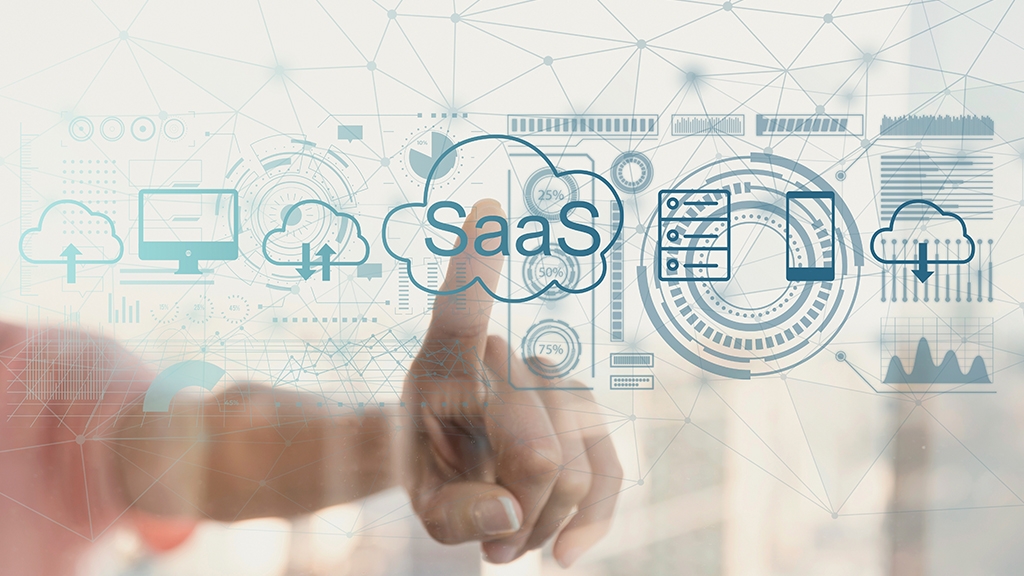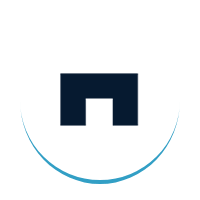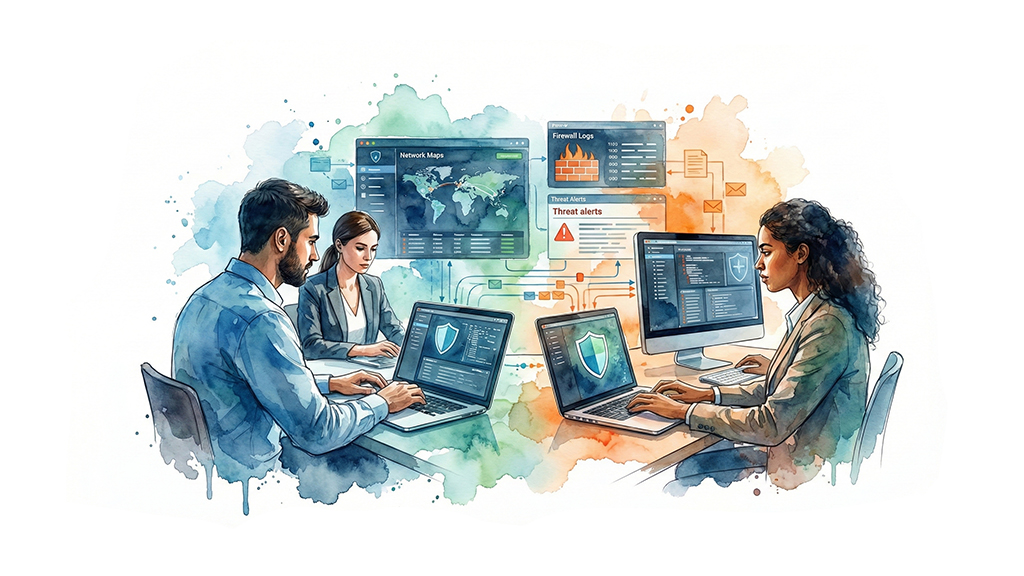Cybersecurity in Outsourcing: Protecting Your Global Codebase
In a world where development teams span continents and work-from-anywhere has become the norm, cybersecurity in outsourcing takes on critical importance. For any software development company engaged in global delivery models, remote codebases introduce new threats: beyond conventional on-site systems, to IP exposure, data breaches and compliance failures. Ensuring secure remote development is no longer optional: it’s central to trust, continuity and competitiveness.
Whether you’re collaborating with a distributed team, engaging an AI software development company, or integrating AI software solutions into your stack, remote development demands layered protections. As remote development expands, so do risks in data protection, code integrity, and supply-chain security, making it imperative for organizations to embed cybersecurity solutions in every phase of delivery.
This blog explores the unique risks of remote development, the strategies to safeguard your global codebase, and how partnerships with an experienced software development company or specialized providers offering AI integration services and generative AI development capabilities can help you build resilience at scale.
The Remote Delivery Landscape and Its Inherent Risks
Remote development brings agility, cost-efficiency and access to talent, but it also widens the attack surface. Remote teams and outsourced developer models are increasingly exploited, with phishing attacks, unsecured networks and unmanaged devices among the most common entry points.
When code repositories, APIs, secrets and design assets are accessed from remote locations or third-party environments, the potential for exposure increases dramatically. Developers may use unmanaged devices, public Wi-Fi, or poorly secured VPNs, which undermines data protection. In addition, IP transfer, external dependencies and supply-chain complexity require that a software development company rethink security as an integral design principle rather than an afterthought. As one expert writes, ensuring secure remote development means isolating dev assets, encrypting everything and enforcing strict access controls.
Beyond the obvious threats, remote development can expose firms to compliance risk (GDPR, CCPA, industry-specific), vendor risk (outsourcing partners’ security posture) and operational risk (version control issues, hidden dependencies). For companies building AI software solutions or working with an AI software development company to deliver remote-based models, security must be baked in from day one.
Why Traditional On-Prem Security Isn’t Enough

Many organizations mistakenly apply legacy perimeter-defence models to remote development, only to find them inadequate. With remote teams, hybrid clouds, remote dev machines, international collaborators and SaaS systems in play, the old “castle-and-moat” model fails. This is why leading framings such as Zero Trust architecture gain prominence.
For instance, giving broad access to code repositories or allowing personal devices to connect without segmentation undermines secure remote development. Continuous verification, least-privilege access, device posture checks, isolation of dev environments – all become mandatory. Without these, even the most advanced cybersecurity solutions or cybersecurity in outsourcing policies can fall short. Moreover, when a software development company engages remote developers across continents, enforcing consistent security practices becomes a core part of vendor management.
Key Pillars of Secure Remote Development
To protect your global codebase and deliver trustworthy software, remote development must embed four critical pillars:
- Identity and access control are foundational. Multi-factor authentication (MFA), single-sign-on (SSO), role-based access, and time-limited credentials help ensure that only the right person at the right time accesses your code. Industry data show that MFA can prevent up to 99.9% of automated attacks.
- Secure development environments matter greatly. Containers, VMs, isolated dev networks and no direct personal machine access reduce risk. Tools like secrets-managers, version-control auditing and encrypted storage help maintain data protection. According to remote-development security guidance, encrypting data in transit and at rest, enforcing least privilege on APIs, and monitoring access logs are vital.
- Code and supply-chain integrity cannot be overlooked. Remote developers often rely on external libraries, open-source components or shared services. Ensuring dependencies are vetted, signed commits are used, CI/CD pipelines include static and dynamic security scans, and vendor risks are managed is crucial for a software development company delivering remote. Without this, your codebase is vulnerable.
- Monitoring, audits and incident readiness complete the picture. Even the best proactive controls cannot guarantee no breach, so organizations must embed detection, response and recovery. Remote teams need logging of dev tools, repository access, unusual behaviour alerts, backup strategies and incident playbooks. Part of cybersecurity in outsourcing means including vendor conditions for breach notification, audit rights and remediation planning.
When building AI software solutions or engaging an AI software development company, these pillars must extend to model training environments, data flows, API access and governance around generative AI development or AI integration services. Models trained with insecure data or exposed endpoints become a risk vector in themselves.
Practical Steps for Secure Remote Code Collaboration

The theory is solid, but what does a software development company actually do to secure remote development at scale?
- First, enforce hardened developer endpoints: management of dev devices, ensuring OS and tools are patched, using endpoint protection, encrypted storage, and restricting USB or external media. Remote security research highlights device hygiene as fundamental.
- Second, use virtual-desktop or container-based workspaces. Instead of a full stop on personal devices, provide controlled development environments where code and tools are isolated, and data is not stored locally. These can integrate with software development company policies and support global outsourcing models while preserving control.
- Third, apply zero-trust network access (ZTNA) and VPNs only as transitional solutions. Strong segmentation of networks, privileged access management, and temporary credentials all support fewer attack paths. This is especially important when partners perform AI integration services or remote model development.
- Fourth, embed secure CI/CD pipelines. For remote teams collaborating globally, you must secure the code flow: signed commits, encrypted artifacts, dependency scanning, secrets management, and automatic deployment only after passing guardrails. Continuous monitoring helps identify suspicious repo access, lateral movement or compromised accounts.
- Fifth, govern vendor and outsourcing relationships. If you engage a software development company or contract remote teams for custom software development, include contractual requirements for security certifications, audits, right-to-inspect, escrow, and incident notification; this is core to cybersecurity in outsourcing. Ensure your vendor’s posture is as strong as your own.
- Finally, train and support your people. Remote teams face phishing, insecure networks, and shadow IT. Regular training, secure-by-design culture, awareness of data protection and responsibilities help reduce human risk. Organizations often underestimate this.
Emerging Threats & Challenges for Remote Development
Remote development also introduces new vectors. With the rise of generative AI development and collaboration on model code, attackers can target data used for AI training, manipulate models, or exfiltrate intellectual property via remote code-assist tools. When your AI software development company uses cloud-based notebooks, model APIs or partner networks, maintaining strong segmentation, version control and encryption becomes critical.
Another challenge: data residency and compliance. Remote teams may operate across countries, and code or data may move across borders. In sectors regulated by data-protection laws, ensuring appropriate boundaries and controls is part of secure remote development.
Thirdly, the supply-chain risk is exacerbated. Remote development often relies on external libraries, shared platforms, open-source code or third-party services. Treating each dependency as a potential risk vector means that your cybersecurity solutions must cover not only your internal code but the entire ecosystem your remote teams depend on.
How to Partner for Secure Remote Delivery
If your organization engages external experts, such as an AI software development company or your own software development company uses dispersed teams, the right partner can be the difference between resilience and risk. Choose a partner whose offering includes secure remote development practices: identity controls, encrypted workspaces, CI/CD with security built in, vendor transparency, and incident response readiness.
When remote teams are building custom software development projects, these security practices must be integrated end-to-end; from design to deployment, from codebase to model training. For projects involving AI, ensure your partner has experience with AI integration services and a secure lifecycle of models, especially if that includes generative AI development.
In selecting and structuring contracts, include clauses for security audits, vendor certification (e.g., ISO 27001, SOC 2), code escrow, breach notification and periodic rehearsal of incident response. The global codebase is only secure when every link in the chain, from remote developer to production environment, is accounted for.
Measuring Success & Continuous Improvement

Security is not a destination – it is continual. When delivering remote development, your metrics must reflect not only feature velocity, but also security posture. Consider metrics such as time-to-patch vulnerabilities, number of unauthorized access attempts blocked, percentage of remote endpoints compliant, code-scan vulnerabilities resolved, and vendor incidents avoided.
When remote teams deliver AI software solutions, special metrics include model access audit logs, data lineage completeness, secrets rotation coverage, and incident drills for AI systems. Use these metrics to guide your next phase of cybersecurity in outsourcing improvement. Scheduled audits, red-team exercises, and continuous monitoring (e.g., anomaly detection) bolster your posture.
Conclusion
As global, remote teams build the software and AI systems that power modern business, protecting your codebase and data becomes a strategic imperative. Cybersecurity in outsourcing and secure remote development must be woven into your culture, architecture and partner ecosystem. Whether you’re executing custom software development, engaging an AI software development company, or implementing AI software solutions and AI integration services, the foundation of success is a resilient, secure global delivery model.
By embedding strong identity controls, isolated development environments, supply-chain scrutiny and continuous monitoring, organizations turn remote development from a risk into a competitive advantage. If you’re leading technology at your company, now is the moment to raise the bar and align your partner strategies, contracts and security architecture with the realities of remote development. Your codebase and your business depend on it.



